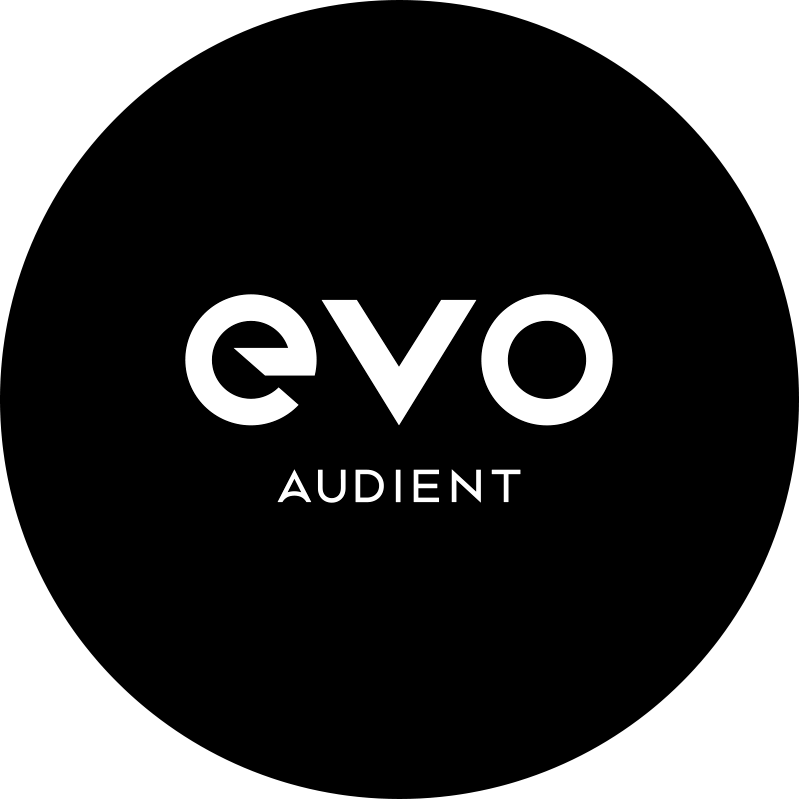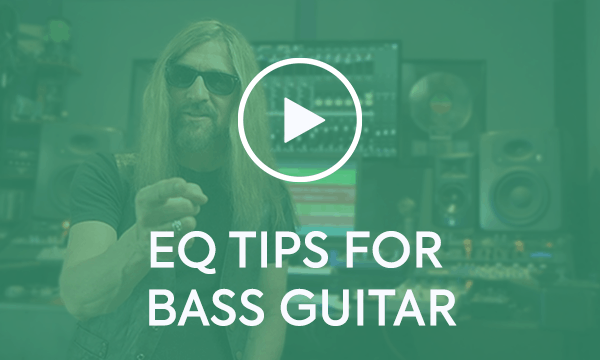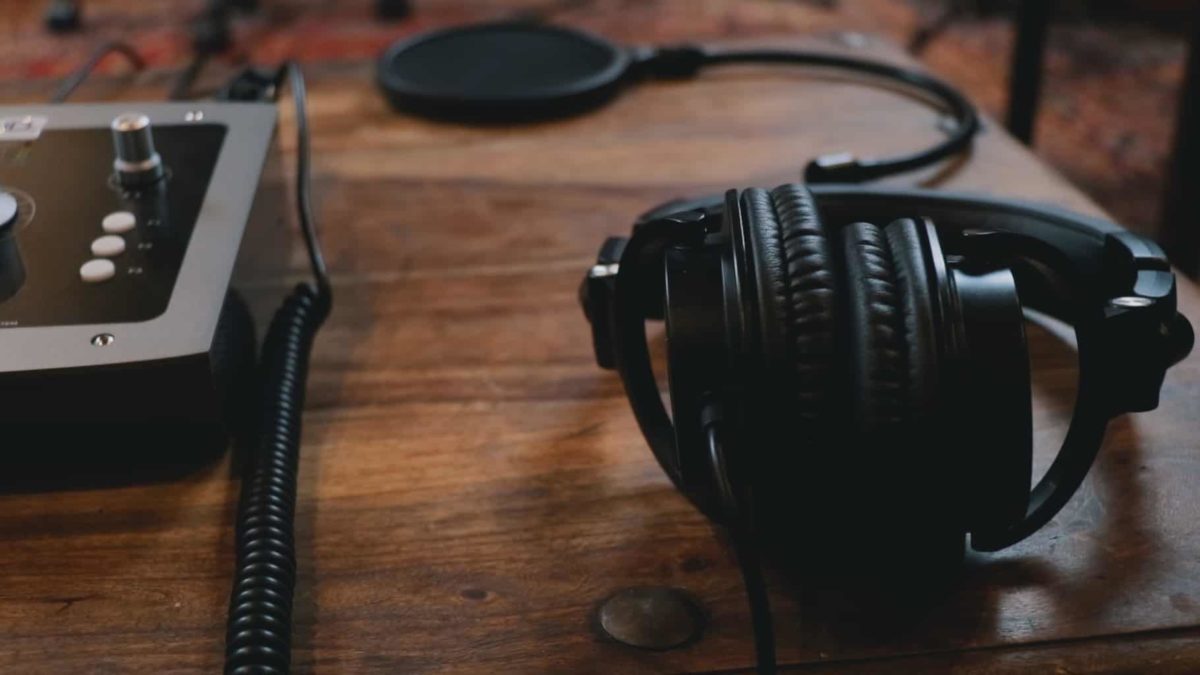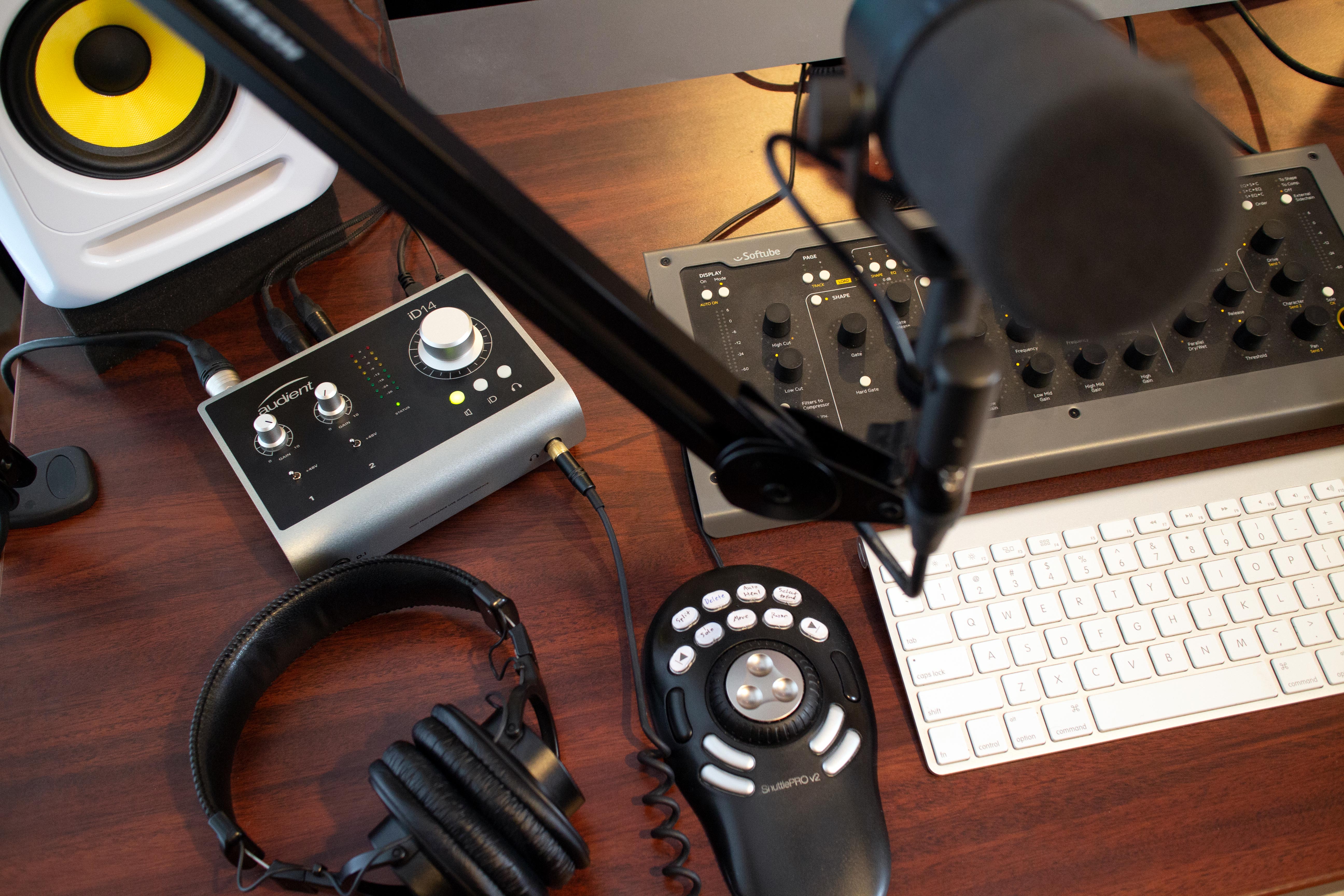When starting out in music production, it makes sense to not overstretch your budget as you find your feet and learn the ropes. Having splashed out on the all-important computer, audio interface, monitor speakers, microphone and MIDI keyboard, one area in which you can make a real saving is the digital audio workstation (DAW) that sits at the centre of it all.

Written by EVO
Although Steinberg, Ableton, Avid, etc… All understandably push their flagship offerings above all else, every vendor’s catalogue includes at least one ‘cut-down’ version of their headline DAW, at a far cheaper price point. Here, we’ve brought together what we consider to be four of the best of them, plus one entirely standalone option, any of which could serve as your primary music-making platform for years to come, or become the basis for an upgrade to a more powerful stablemate as and when your needs dictate.
Crucially, every one of these DAWs will work perfectly with your EVO audio interface, so whatever combination of form and function you plump for, your recordings will all be captured to their fullest potential, thanks to the EVO 4 and EVO 8’s world-class preamps, effortless Smartgain level setting and pristine sound quality.

Apple Garageband (and other free DAWs)
If you’re a Mac user, you already have free access to what many consider to be the best entry-level DAW money doesn’t have to buy. Garageband is about as user-friendly as they come, featuring a solid array of built-in instruments, effects and loops, a very capable virtual drummer for realistic beats, Audio Units plugin support, and recording/playback of up to 255 simultaneous tracks. You can also get it for your iPhone and/or iPad, with project export to Mac via iCloud, and although the whole setup is obviously intended as a gateway to Logic Pro X (which it’s essentially a greatly cut-down version of), that doesn’t in any way detract from Garageband’s genuine viability as a start-to-finish production solution in its own right. And when you do decide to take your choons to the next level, Logic is one of the finest and most widely used professional DAWs on the planet anyway, so that would be an upgrade well worth making.
Incidentally, although Garageband is the only free DAW in our round-up, we should point out that there are a few other noteworthy gratis alternatives to check out if you’re looking beyond Apple’s own ecosystem or are on PC, including Avid’s Pro Tools | First, Akai’s MPC Beats and Serato’s Serato Studio.
Ableton Live 11 Intro
It’s no understatement to say that Ableton’s Live DAW changed the music production and performance landscape upon its release in 2001, opening up new avenues with its inspiring loop-triggering paradigm, supernatural audio warping engine, and clean, concise interface. Over the two decades since, Live has become utterly ubiquitous in studios and DJ booths the world over, and developed into a supremely versatile production powerhouse without compromising its trademark zippy workflow and creative emphasis.
Live 11 Intro (Mac/PC) includes all the fundamentals of the full-fat Standard and Suite editions, including the Session and Arranger Views, real-time warping and timestretching, VST/AU plugin support, and Drum and Instrument Racks, with reductions made to track count (16 audio and MIDI tracks), the number of built-in virtual instruments (four) and effects (21 audio, eight MIDI), the bundled sound library (around 5GB), and certain areas of the feature list (perhaps most notably ‘Audio to MIDI’). If you’re making electronic music of any kind, Live absolutely demands your attention, and the Lite version is a great way to get started, with upgrades available to the higher versions when you’re ready.

Steinberg Cubase Elements 11
Packaged with every EVO audio interface, the ARC software bundle includes Steinberg’s Cubase LE3 for Mac and PC (as well as Cubasis LE3 for iOS and iPadOS), which may well serve as all the DAW you need to happily record and mix your first few projects. When you eventually hit the ceiling in terms of track counts and bundled plugins, though, Cubase Elements 11 gives a major boost to both, expanding your compositional canvas from 48 to 136 tracks, and 25 to 50 plugins, as well as adding various empowering features, such as Scale Assistant (for snapping notes to defined musical scales), Sampler Track 2 (MIDI-triggered audio tracks, essentially) and sidechaining.
With a history stretching back to the very earliest days of music software, and Steinberg’s ongoing and repeatedly proven commitment to technical innovation, Cubase sits at the very top table of DAWs, and the Elements edition gives you the meat of the experience at a hugely attractive price.

PreSonus Studio One Artist Edition
The comparative new kid on the block, PreSonus’ super slick Mac/PC DAW has been making serious waves since launching in 2009, thanks to its forward-thinking specification, impressive usability and legacy-free architecture. While Studio One Professional Edition provides everything the pro producer could possibly ask for to get any job done, the Artist Edition gives the rest of us the vast majority of its features and systems at a far more affordable price, including a range of very tasty plugin instruments and effects, unlimited track counts, and the full set of audio and MIDI editing tools. A superb option for those looking to take their first steps into the world of recording.

Cockos Reaper
This one stands alone in our list as the only DAW without an upgrade path to a high-end version, as it is the high-end version. Yes, although the price might suggest otherwise, Reaper (Mac/PC) is a genuine full-featured rival to the top-tier likes of Logic Pro, Cubase Pro, Live, Studio One and Pro Tools, renowned for its easy workflow, peerless customisability, expansive functionality and remarkable efficiency. Indeed, Cockos’ amazing application is becoming an increasingly common sight in professional music and post production studios, with those in the know wondering why anyone would even look at the far more expensive competition. And with a fully functional 60-day demo version available, there’s no reason not go give it a try.
Related Articles
When starting out in music production, it makes sense to not overstretch your budget as you find your feet and learn the ropes. Having splashed out on the all-important computer, audio interface, monitor speakers, microphone and MIDI keyboard, one area in which you can make a real saving is the digital audio workstation (DAW) that sits at the centre of it all.

Written by EVO
Although Steinberg, Ableton, Avid, etc… All understandably push their flagship offerings above all else, every vendor’s catalogue includes at least one ‘cut-down’ version of their headline DAW, at a far cheaper price point. Here, we’ve brought together what we consider to be four of the best of them, plus one entirely standalone option, any of which could serve as your primary music-making platform for years to come, or become the basis for an upgrade to a more powerful stablemate as and when your needs dictate.
Crucially, every one of these DAWs will work perfectly with your EVO audio interface, so whatever combination of form and function you plump for, your recordings will all be captured to their fullest potential, thanks to the EVO 4 and EVO 8’s world-class preamps, effortless Smartgain level setting and pristine sound quality.

Apple Garageband (and other free DAWs)
If you’re a Mac user, you already have free access to what many consider to be the best entry-level DAW money doesn’t have to buy. Garageband is about as user-friendly as they come, featuring a solid array of built-in instruments, effects and loops, a very capable virtual drummer for realistic beats, Audio Units plugin support, and recording/playback of up to 255 simultaneous tracks. You can also get it for your iPhone and/or iPad, with project export to Mac via iCloud, and although the whole setup is obviously intended as a gateway to Logic Pro X (which it’s essentially a greatly cut-down version of), that doesn’t in any way detract from Garageband’s genuine viability as a start-to-finish production solution in its own right. And when you do decide to take your choons to the next level, Logic is one of the finest and most widely used professional DAWs on the planet anyway, so that would be an upgrade well worth making.
Incidentally, although Garageband is the only free DAW in our round-up, we should point out that there are a few other noteworthy gratis alternatives to check out if you’re looking beyond Apple’s own ecosystem or are on PC, including Avid’s Pro Tools | First, Akai’s MPC Beats and Serato’s Serato Studio.
Ableton Live 11 Intro
It’s no understatement to say that Ableton’s Live DAW changed the music production and performance landscape upon its release in 2001, opening up new avenues with its inspiring loop-triggering paradigm, supernatural audio warping engine, and clean, concise interface. Over the two decades since, Live has become utterly ubiquitous in studios and DJ booths the world over, and developed into a supremely versatile production powerhouse without compromising its trademark zippy workflow and creative emphasis.
Live 11 Intro (Mac/PC) includes all the fundamentals of the full-fat Standard and Suite editions, including the Session and Arranger Views, real-time warping and timestretching, VST/AU plugin support, and Drum and Instrument Racks, with reductions made to track count (16 audio and MIDI tracks), the number of built-in virtual instruments (four) and effects (21 audio, eight MIDI), the bundled sound library (around 5GB), and certain areas of the feature list (perhaps most notably ‘Audio to MIDI’). If you’re making electronic music of any kind, Live absolutely demands your attention, and the Lite version is a great way to get started, with upgrades available to the higher versions when you’re ready.

Steinberg Cubase Elements 11
Packaged with every EVO audio interface, the ARC software bundle includes Steinberg’s Cubase LE3 for Mac and PC (as well as Cubasis LE3 for iOS and iPadOS), which may well serve as all the DAW you need to happily record and mix your first few projects. When you eventually hit the ceiling in terms of track counts and bundled plugins, though, Cubase Elements 11 gives a major boost to both, expanding your compositional canvas from 48 to 136 tracks, and 25 to 50 plugins, as well as adding various empowering features, such as Scale Assistant (for snapping notes to defined musical scales), Sampler Track 2 (MIDI-triggered audio tracks, essentially) and sidechaining.
With a history stretching back to the very earliest days of music software, and Steinberg’s ongoing and repeatedly proven commitment to technical innovation, Cubase sits at the very top table of DAWs, and the Elements edition gives you the meat of the experience at a hugely attractive price.

PreSonus Studio One Artist Edition
The comparative new kid on the block, PreSonus’ super slick Mac/PC DAW has been making serious waves since launching in 2009, thanks to its forward-thinking specification, impressive usability and legacy-free architecture. While Studio One Professional Edition provides everything the pro producer could possibly ask for to get any job done, the Artist Edition gives the rest of us the vast majority of its features and systems at a far more affordable price, including a range of very tasty plugin instruments and effects, unlimited track counts, and the full set of audio and MIDI editing tools. A superb option for those looking to take their first steps into the world of recording.

Cockos Reaper
This one stands alone in our list as the only DAW without an upgrade path to a high-end version, as it is the high-end version. Yes, although the price might suggest otherwise, Reaper (Mac/PC) is a genuine full-featured rival to the top-tier likes of Logic Pro, Cubase Pro, Live, Studio One and Pro Tools, renowned for its easy workflow, peerless customisability, expansive functionality and remarkable efficiency. Indeed, Cockos’ amazing application is becoming an increasingly common sight in professional music and post production studios, with those in the know wondering why anyone would even look at the far more expensive competition. And with a fully functional 60-day demo version available, there’s no reason not go give it a try.






